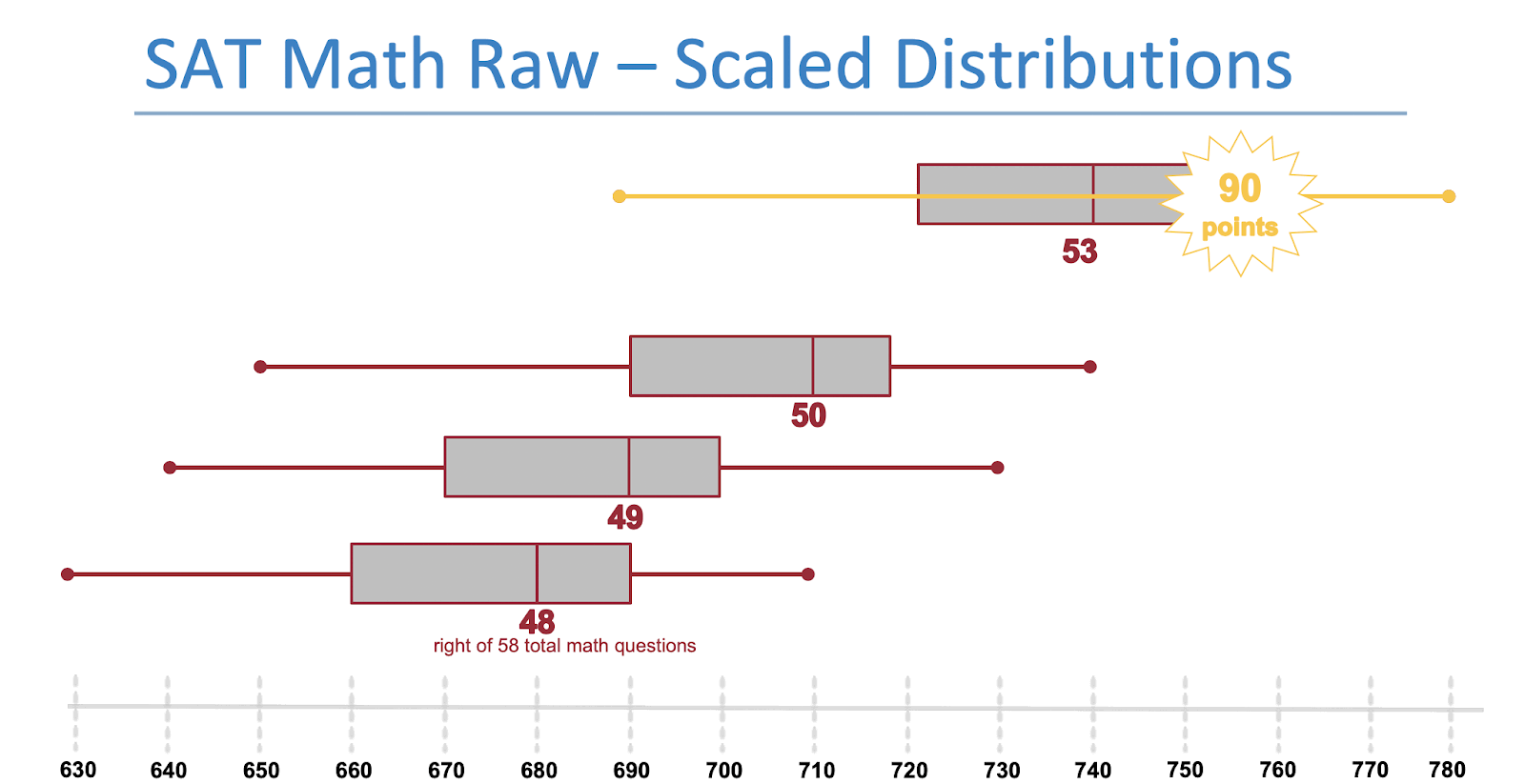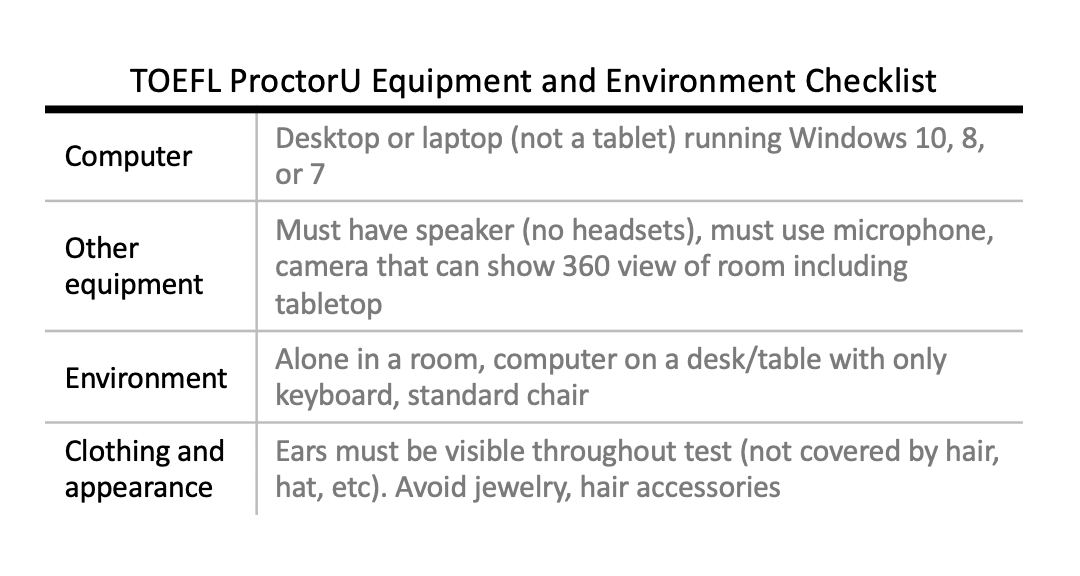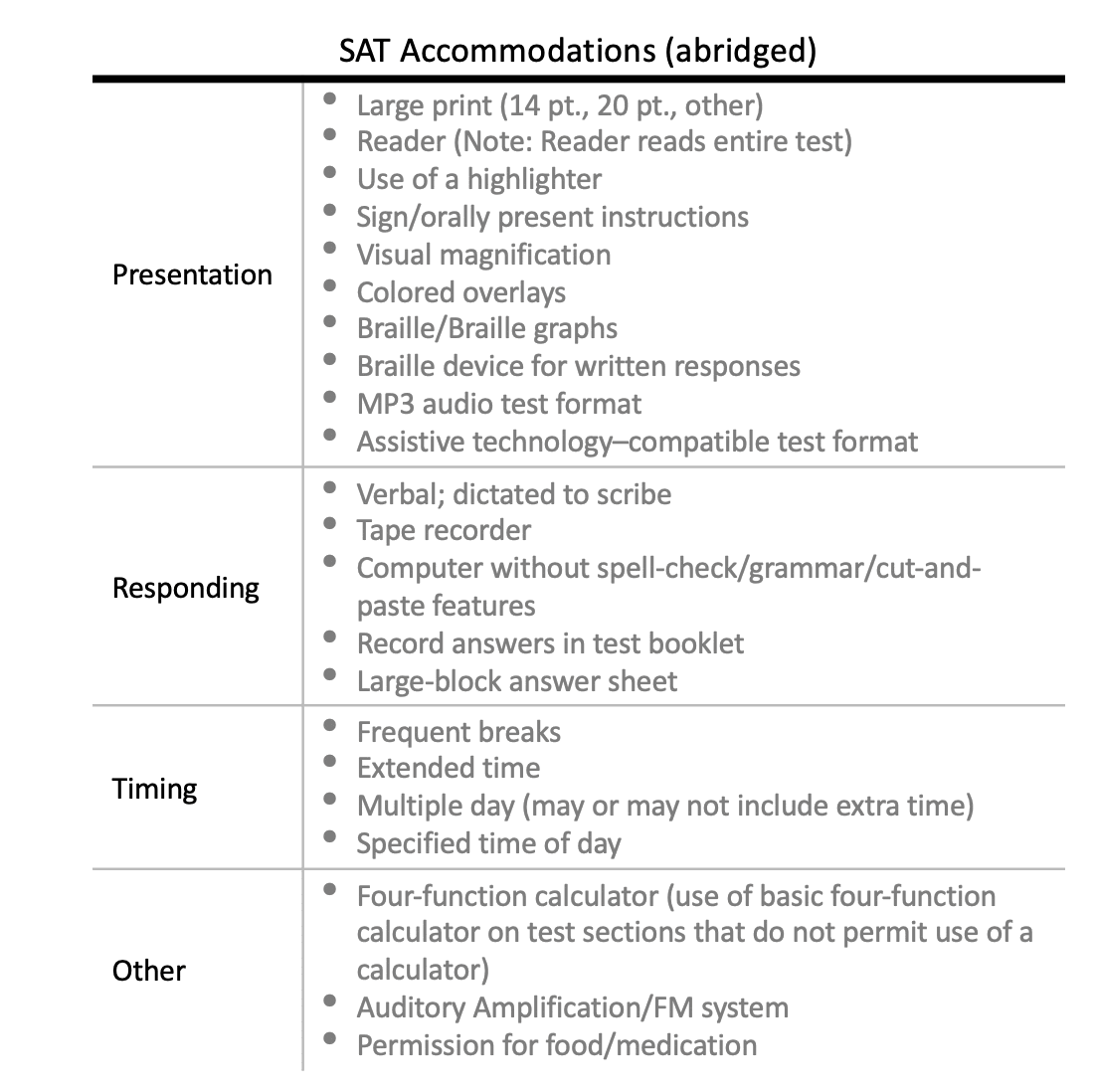The future of SAT
(by Akil Bello for Inside Higher Ed)
During an interview with Sal Khan of Khan Academy, College Board CEO David Coleman casually dropped a bomb on the college admissions landscape by saying that his company is developing an at-home online SAT (let's call it the eSAT). This announcement comes just a few weeks after the company announced that it will deliver shortened AP exams online that can be taken at home, since students will likely be unable to return to school in time to take the exams normally given the first week of May.
The global health crisis has left the College Board scrambling on many different fronts to protect the delivery of their core products and services. The College Board didn’t cancel the March 7th SAT nationally, but since many towns and schools were closed due to health concerns, the test was only sporadically administered. The May test has been completely cancelled and the June test is almost certain to be cancelled in the coming days. Last year, the May SAT saw about 400,000 test-takers and the June test about 350,000. These cancellations could cost the billion dollar “not-for-profit” company more than $300,000,000 in testing fees if it is unable to offer AP and SAT exams.
Test cancellations pose problems not only for the College Board but also for students applying to college who had planned to take the spring test to get a jump on the process. Taking the SAT before the start of 12th grade often relieves pressure students feel to perform their best during fall test dates. So for students the cancellations are an inconvenience but not a huge setback or lost opportunities.
For the College Board the implications are more dire.
In addition to potential financial losses, the test cancellations have caused a spate of colleges across the country to adopt test optional policies, allowing applicants to choose not to bother to submit test scores. Most recently the University of California system, Amherst College, Pomona College, and Texas Christian University have all announced such policies as temporary measures in response to the test cancellations and the Coronavirus. Other institutions such as Davidson College, Oregon State University, and Case Western Reserve University have announced test optional policies that will extend beyond 2021. In the first seven days of April, at least 30 colleges and universities have announced test-optional admissions policies and so far in 2020 more than 50 bachelor-degree granting institutions have made submission of SAT (and ACT) scores optional.
The dual threats of financial and status loss must be a serious threat to the College Board’s position in the education hierarchy.
It seems that the College Board's response will be to try to recapture those clients (both the higher ed and the test-taker clients) by offering the test in new and different ways. Enter the eSAT.
The idea of the eSAT in many ways is the culmination of a trend in testing that goes back to 1993 when the Graduate Record Exam was first administered on a computer. Since then the TOEFL, GMAT, MCAT, LSAT and ACT (outside of the United States) have been computer administered, yet until recently none of these tests allowed testing at home. Even the College Board has been experimenting with computer-based tests since 2015, but it has always declined to offer a specific date when they would roll it out to the general public. Further, no standardized test has been administered to the 250,000 - 400,000 students that typically take a Saturday administration of the SAT.
An at-home SAT would have to be proctored remotely by software installed on a test-taker’s computer that allows a proctor to watch the test-taker while they test in their bedroom or home office. Though convenient, this would magnify the existing concerns about the validity of testing, privacy, security, and equity.
Unstandardized Standardized Tests
Many who argue for the use of standardized tests claim that tests are “fair” and “objective,” however an evaluation of the test (especially since 2016) raises lots of questions about whether it is consistent or objective. For example, research shows that on the Math SAT the 200 - 800 scaled score can vary by as much as 90 points even when two test-takers answer the same number of questions correctly (raw score) simply based on the test form received. Colleges make admissions and merit award decisions on the assumption that a 640 on the SAT isn’t simply the luck of what test form a student received or what date they took the test on. How can a college understand the impact of the eSAT when the paper SAT is already such an unreliable measuring tool? What will be the difference in score between the student who takes the SAT on paper in a strange high school cafeteria with 400 other sniffling nervous tapping students versus the student taking the eSAT alone in their dad’s spacious home office after riding their Peloton bike to dispel nervous energy? How can anyone claim that this would be standardized, objective, or equal?

Expanding The Digital Divide
The vast disparities in broadband access and technology across communities is another concern that will make the introduction of an eSAT problematic. How can the College Board ensure that it will deliver a similar digital experience to a student on a farm with a 4 year old laptop with a 13 inch screen as it will to a student living on Park Avenue using the latest fastest PC with dual 24” monitors?
Looking at the excerpted checklist for the TOEFL exam, which is taken by hundreds of thousands of international students each year who hope to study at US colleges, reveals how onerous the standards are for taking that online test. In fact, this spring at UC Berkeley, a university with one of the richer student bodies in the US, concerns about the rigidity of the equipment requirements led to the university to ban professors from using the online proctoring software.

Up until 2016, the last year for which there is income data for SAT test-takers available, SAT scores increased lockstep with increases in family income. It’s hard to believe that should be the case unless you believe that wealth makes children smart.

For decades, the paper-based and human-proctored SAT has been plagued with cheating scandals and security problems, but the introduction of the online proctoring will simply change the nature of those problems, not fix them. Will the College Board administer the test more frequently and exacerbate these problems? Will more test forms appear on Reddit? Will black students be accused of cheating more frequently?
How much more data will the College Board be able to gather and sell if it’s able to install software on a test-taker’s computer? Will we end up living in the world of Minority Report in which the College Board is predicting future college rather than future crime?
Do Computerized Accommodations Translate?
Unfortunately, with many announcements made by the College Board, the question of how students with learning differences will be accommodated becomes a huge question. The first question is always will students who receive accommodations in schools via IEPs or 504s automatically have those honored (the answer is almost always no) or will they have to pay thousands of dollars for new private psychological evaluations? The second question, which is more pressing in this instance, is the question of whether the College Board has even thought how accommodations will translate to the computer for students. Extended time is typically the cover behind which the testing agency hides but isn’t appropriate for many students.
While extended time converts easily to a computer other accommodations do not. Braille, visual magnification, readers, scribes, dictation, and other accommodations might not. The College Board has not answered in the weeks since they promised to address this for the computer based AP exams. These questions will remain as we consider the eSAT.
Can testing be equitable if there is no accommodated practice materials provided for students? What software would be used for those who need read-alouds, since most read aloud software is delivered in monotone hollow computer voices that may not fully capture nuance in text? How can an eSAT work for students who need braille translation? Once again, the billion dollar not-for-profit organization seems unwilling to answer or even address these questions and thus leaves the public with more questions than answers.
Given these concerns, it’s difficult to square the casualness with which the CEO announces a tectonic shift in how students take these important tests with the College Board’s claims to be a “mission-driven not-for-profit” that “is dedicated to promoting excellence and equity in education.”
I really hope I’m wrong and I look forward to this organization that “serves the education community through research and advocacy on behalf of students” demonstrating to the education world how a sudden transition to an eSAT wouldn’t worsen the disparities between wealthy students and low-income students and exacerbate the exclusion of black and hispanic students from higher ed.
--
Akil Bello is an educator, entrepreneur, and advocate who has worked in admissions testing and educational access for almost three decades. A nationally recognized authority on standardized testing, Akil was founding partner and CEO of Bell Curves, a social responsible test preparation company, and the Director of Equity and Access for The Princeton Review.
Currently, as Senior Director of Advocacy and Advancement at FairTest, Akil works to build resources and tools to ensure that large scale assessment tests are used responsibly and transparently to benefit students. He attended an HBCU and ultimately earned a bachelor's degree from a university in Brooklyn.



